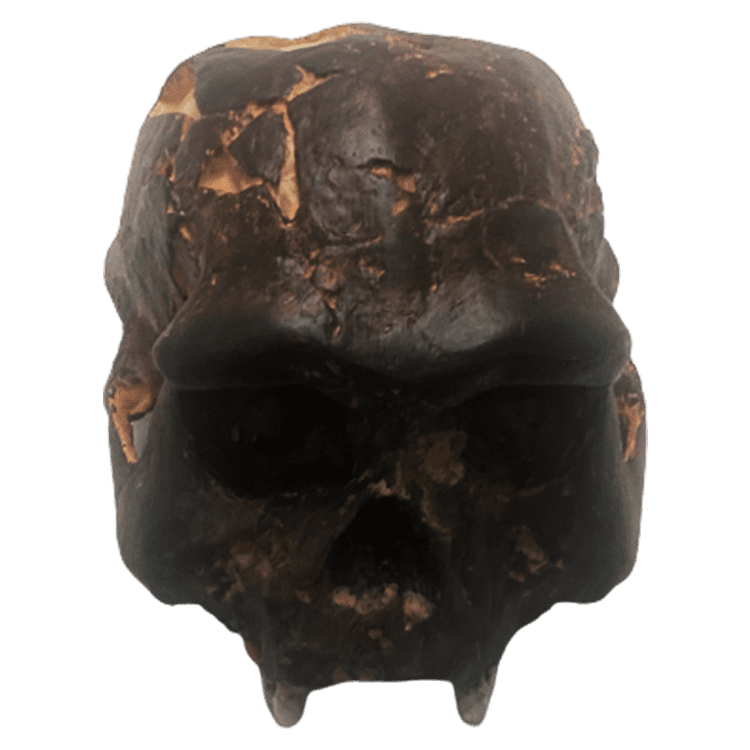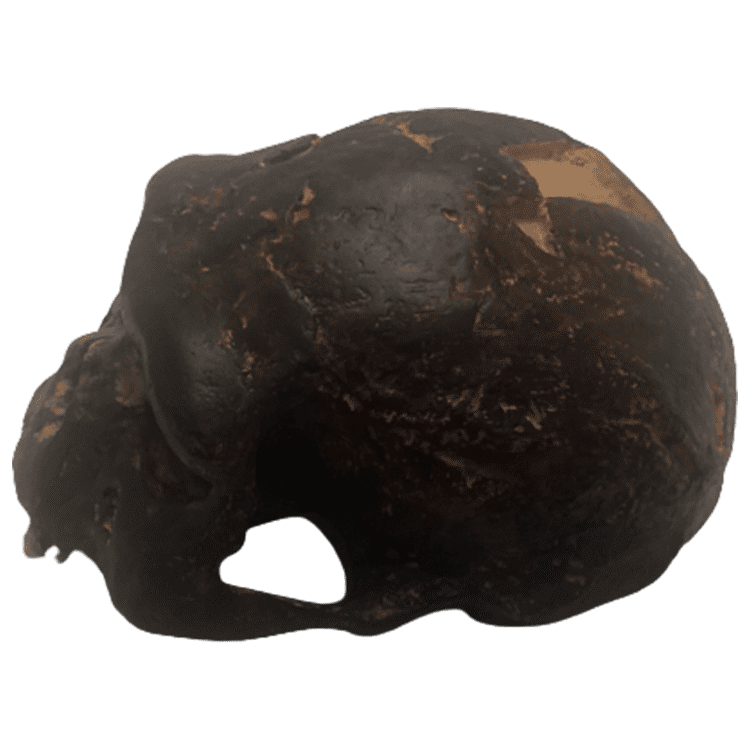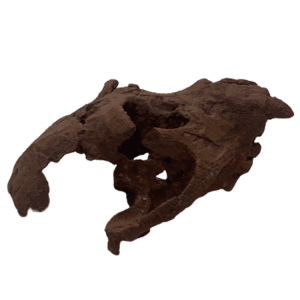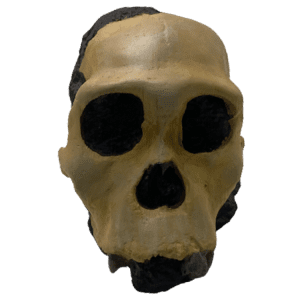Description
A scientifically accurate model of Homo erectus (Java Man) meticulously reproduces the known morphological features of this hominin. The model accurately depicts the robust cranial structure, distinctive brow ridges, sagittal crest, and other pertinent anatomical details.
Crafted with precision and attention to detail, the Homo erectus (Java Man) fossil model serves as an invaluable tool for researchers, educators, and enthusiasts in the field of paleoanthropology. It provides a tangible representation of the hominin’s physical traits, aiding in the study of Homo erectus adaptations, behaviors, and its place in the human evolutionary lineage.
Constructed from durable, museum-quality materials, the Java Man fossil model reflects the latest scientific research and understanding of Homo erectus. Its inclusion in exhibits, educational displays, and collections contributes to a deeper comprehension of the evolutionary trajectory and ecological dynamics of early humans during the Pleistocene epoch.
The Homo erectus (Java Man) fossil model’s accurate representation of the individual’s anatomy and skeletal structure enriches our understanding of Homo erectus biology and its adaptation strategies. Its meticulous design and scientific precision make it a compelling addition to the exploration of human evolution, providing a tangible link to our ancient past and the emergence of early Homo species.









Reviews
There are no reviews yet.